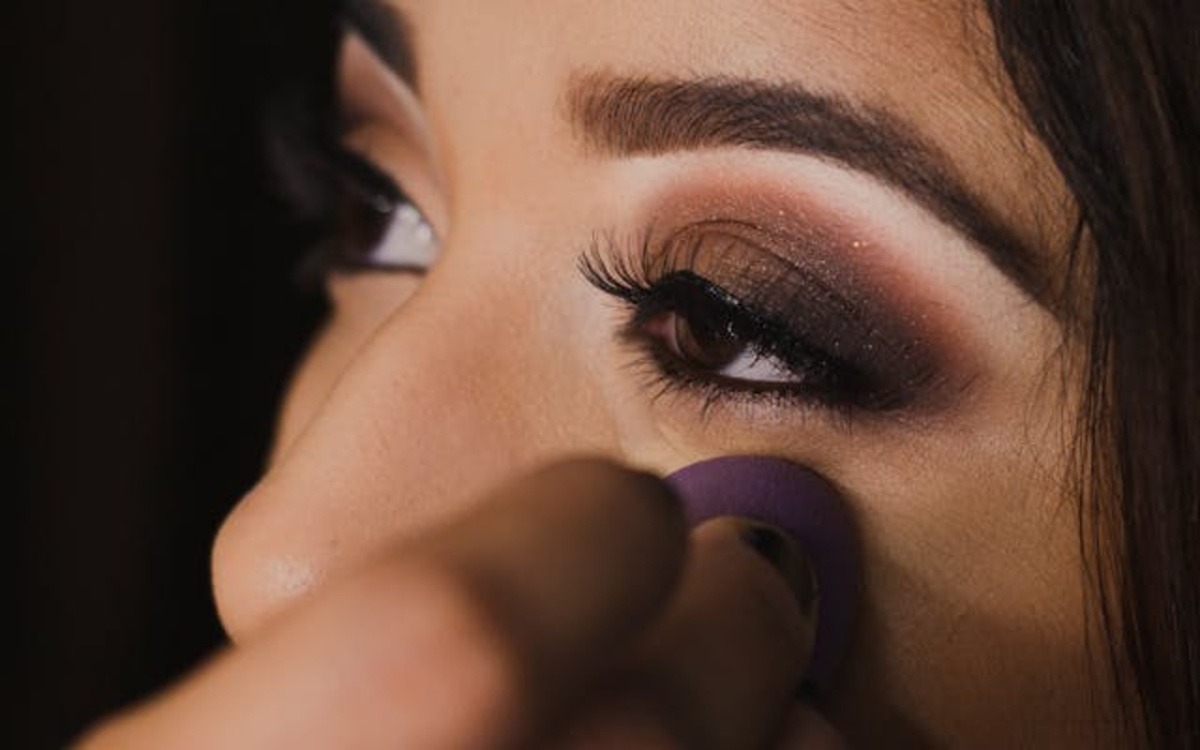Blog
What’s the Best Way to Clean Lash Extensions Without Damaging Them?
Keeping lash extensions clean doesn’t have to feel complicated. The right care routine protects both the extensions and the delicate skin around the eyes, while also helping them last longer. The best way to clean lash extensions without damaging them is to use a gentle, oil-free cleanser with a soft brush and rinse with clean water. This simple method removes dirt, oil, and makeup without loosening the adhesive.
When someone skips proper cleaning, buildup can weaken the bond and affect retention. By taking a few minutes each day, they not only keep extensions looking fresh but also support the health of their nature natural lashes underneath. A consistent routine makes extensions feel more comfortable and prevents unnecessary irritation.
Key Takeaways
Proper cleaning keeps lash extensions secure and fresh
Gentle products and tools prevent damage to extensions
Consistent care supports long-term lash health
How to Clean Lash Extensions Without Damaging Them
Cleaning lash extensions correctly helps maintain their appearance and prevents premature shedding. Using the right products, following a gentle routine, and avoiding common mistakes ensures the lashes stay intact while protecting the natural lashes and eyes.

Photo by Laura Garcia
Essential Tools and Products for Safe Cleaning
To clean eyelash extensions safely, the right tools and cleansers matter more than frequency. A lash extension cleanser or oil-free cleanser is preferred, as oil-based products can weaken the lash adhesive. Some use a specially formulated lash shampoo or diluted baby shampoo, but professional cleansers are less likely to leave residue.
A clean mascara wand or spoolie brush helps separate lashes after washing. A lint-free towel or disposable tissue is useful for drying without snagging fibers. Distilled water can be used for rinsing when tap water is too harsh or mineral-heavy.
Products to avoid include oil-based makeup removers, micellar waters with oils, and cotton pads that shed fibers. These can break down lash glue or cause tangling. Keeping tools clean and replacing brushes regularly prevents bacteria buildup around the lash line.
Step-by-Step Lash Extension Cleaning Routine
Start by washing hands thoroughly to avoid transferring dirt or oils. She should remove eye makeup with an oil-free makeup remover, using a lint-free applicator to prevent fibers from sticking to the lashes.
Next, apply a small amount of lash cleanser or lash shampoo to a soft cleansing brush. Work the product gently along the lash line in downward motions. Avoid rubbing side to side, as this can loosen the extensions.
Rinse carefully with lukewarm or distilled water, ensuring no residue remains. Pat the eye area dry with a lint-free towel instead of rubbing. Once dry, comb through lashes with a clean mascara wand to separate and fluff them. This routine can be done daily or every other day, depending on makeup use and skin type. Consistency helps prevent buildup of oils, dust, and debris that shorten the life of eyelash extensions.
Common Mistakes to Avoid During Cleaning
Many people damage their lash extensions by using the wrong products or techniques. The most common mistake is applying oil-based products, which dissolve lash glue and cause early shedding. Scrubbing or rubbing the eyes is another issue. This not only loosens the lash adhesive but also stresses natural lashes. Cotton pads and tissues that shed fibers can tangle around the extensions, making them harder to clean.
The best approach is gentle, consistent cleaning with the right tools and avoiding shortcuts that compromise lash health. A lash technician may also recommend specific cleansers or brushes tailored to the adhesive used.
Maintaining Lash Health and Preventing Damage
Proper lash extension care involves using safe cleansing products, keeping the lash line free of buildup, and practicing habits that reduce irritation and shedding. Clean lashes not only look better but also support natural lash health and lower the risk of eye problems.
Choosing the Right Cleansers and Tools
The products used around lash extensions directly affect their longevity. Oil-based cleansers weaken the adhesive, so oil-free formulas are essential. A specially formulated eyelash extension cleanser or diluted, oil-free micellar water works well for removing dirt, makeup, and sebum without loosening the bonds.
Application tools also matter. Cotton pads can snag and pull at the extensions, while disposable lint-free applicators or a soft makeup brush allow precise cleaning along the lash line. A clean spoolie brush should be used daily to gently comb through the extensions and prevent tangling.
For best results, individuals should wash lashes every day, especially if they wear makeup or have oily skin. Consistent cleaning prevents buildup that can shorten the life of the extensions and compromise lash health.
Preventing Eye Infections and Irritation
Unclean lashes can trap bacteria and debris, which may lead to eye infections such as blepharitis. This condition causes redness, itching, and swelling along the lash line. Regular cleansing reduces the risk of both irritation and the overgrowth of lash mites, which thrive when oil and dead skin accumulate.
To lower infection risk, people should avoid harsh rubbing or scrubbing. Instead, they should use gentle downward motions when cleaning the lashes. Brushes and applicators must be kept clean and replaced often to prevent bacterial transfer.
Those with sensitive eyes may benefit from fragrance-free, ophthalmologist-tested cleansers. If irritation or persistent redness occurs, it is best to stop using the product and consult an eye care professional.
Conclusion
Cleaning lash extensions correctly helps maintain their appearance and prevents premature shedding. Using a gentle, oil-free cleanser and soft tools ensures the lashes stay intact without weakening the adhesive. By following these steps, anyone can keep extensions looking fresh while reducing the risk of buildup or irritation.





Comments